Westinghouse workers considering IBEW union
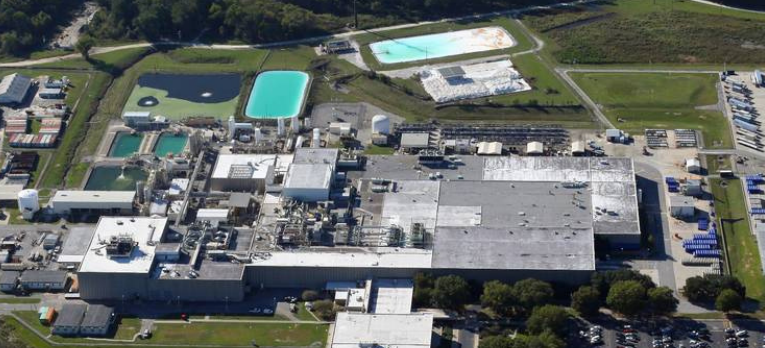
Hundreds of employees at the Westinghouse nuclear fuel fabrication facility in South Carolina are trying to form a union and join the International Brotherhood of Electrical Workers.

A message from Electrical Builders, Ind.
America’s Top Performing Nuclear Plants Rely on Electrical Builders, Industries to Expand and Extend the Life of Their Critical Electrical Assets

Hundreds of employees at the Westinghouse nuclear fuel fabrication facility in South Carolina are trying to form a union and join the International Brotherhood of Electrical Workers.
The Czech government is looking to accelerate the pace at which it is adding nuclear energy to its grid. Officials announced yesterday that it plans to build up to four nuclear reactors—instead of one—as the country tries to become more energy independent and shift away from fossil fuels.
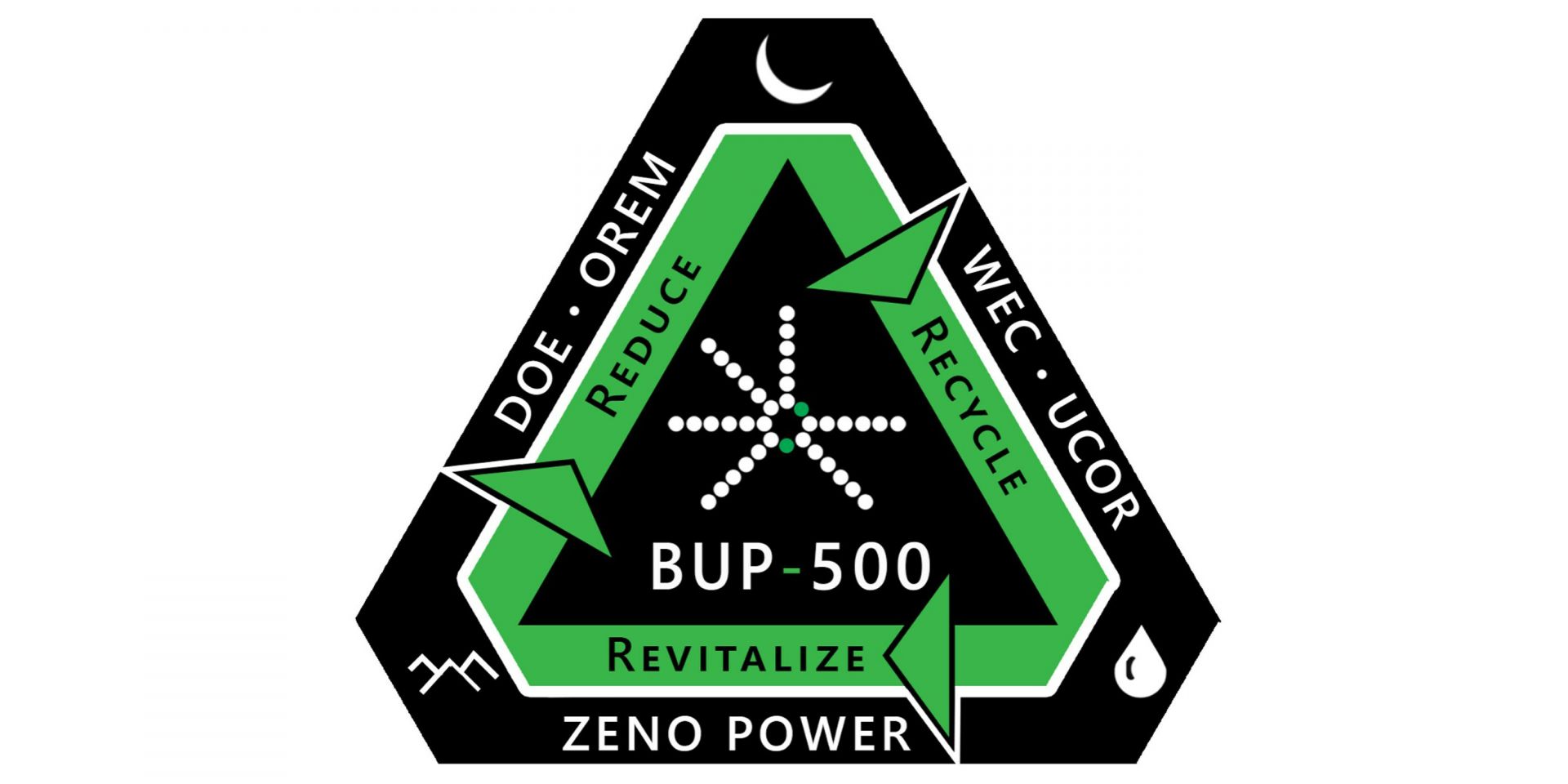
Zeno Power announced on January 26 that it will get the strontium-90 that it needs to fuel full-scale radioisotope power systems (RPSs) for national security and space exploration missions from the Department of Energy’s Oak Ridge Office of Environmental Management (OREM). Under a public-private partnership, a large legacy RPS known as the BUP-500 that had languished, unused, in storage at Oak Ridge National Laboratory has been transported to an unnamed commercial radiological facility in Pennsylvania—Zeno Power’s subcontractor—where the Sr-90 it contains will be repurposed as heat sources for Zeno Power devices.
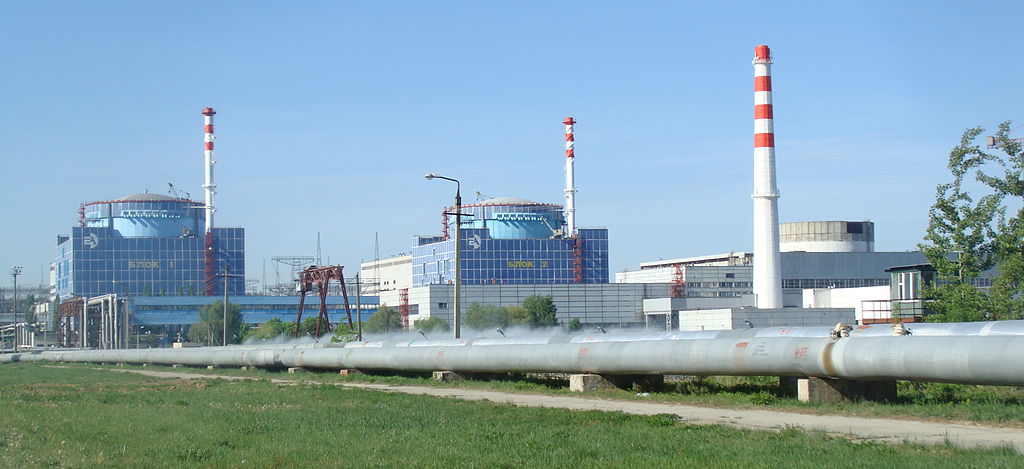
Ukraine plans to start construction on four new nuclear plants this summer or fall, the country’s energy minister said in televised remarks today.
The quicker timeline aims to compensate Ukraine for lost energy capacity as its war with Russia continues. Ukraine’s government, however, still needs to sign off on the plans.
“We need vessels,” said energy minister German Galushchenko.

Designs for high-tech products, and the start-ups that offer them, will always outnumber the commercial successes. Ditto: many more power plants are proposed than actually get built, no matter what the technology.
This is an axiom of free-market economies, but in early November 2023 it became painfully obvious in the advanced reactor field. NuScale Power, the only advanced reactor that has made it through the licensing gauntlet, acknowledged that the consortium of utilities that was its intended launch customer had failed to put together a feasible package.
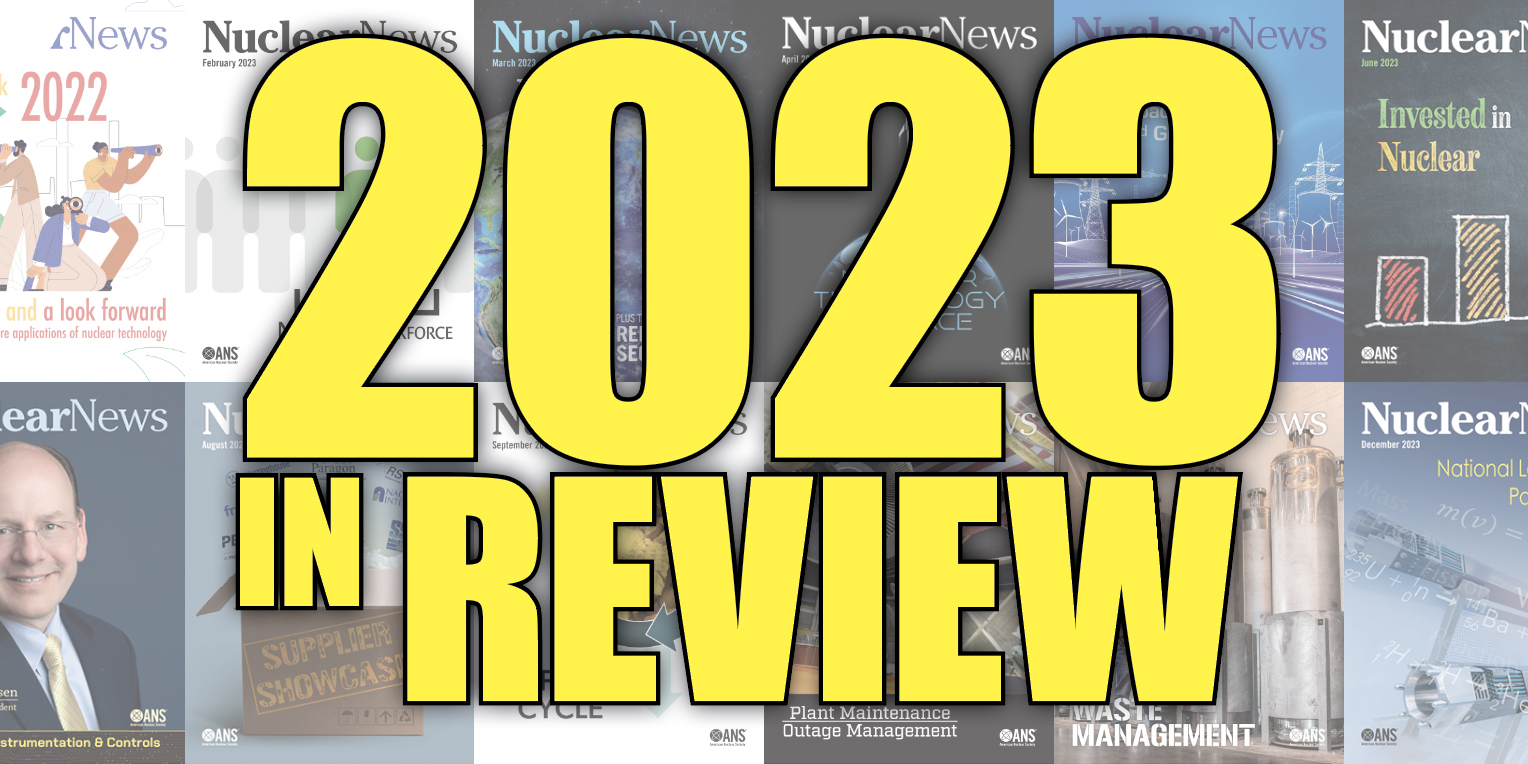
Another calendar year has passed. Before heading too far into 2024, let’s look back at what happened in 2023 in the nuclear community. In today's post, compiled from Nuclear News and Nuclear Newswire are what we feel are the top nuclear news stories from April through June 2023.
Stay tuned for the top stories from the rest of the past year.

The new year is here, and so it is time for the Nuclear News review of 2023's top stories. The recap will appear in the January issue of the magazine, on its way to American Nuclear Society members right now. In the meantime, all ANS members can read the year's issues in the ANS member center, and also review some of the most-read stories from Nuclear Newswire below. Here’s to a Happy New Year!

The Gateway for Accelerated Innovation in Nuclear (GAIN) announced December 19 that seven firms will get vouchers to access the nuclear research facilities and expertise of the national laboratory complex in the first round of fiscal year awards. Each company is paired with one or more national laboratories to work on concepts from advanced reactor fueling to fuel recycling to climate forecasting.
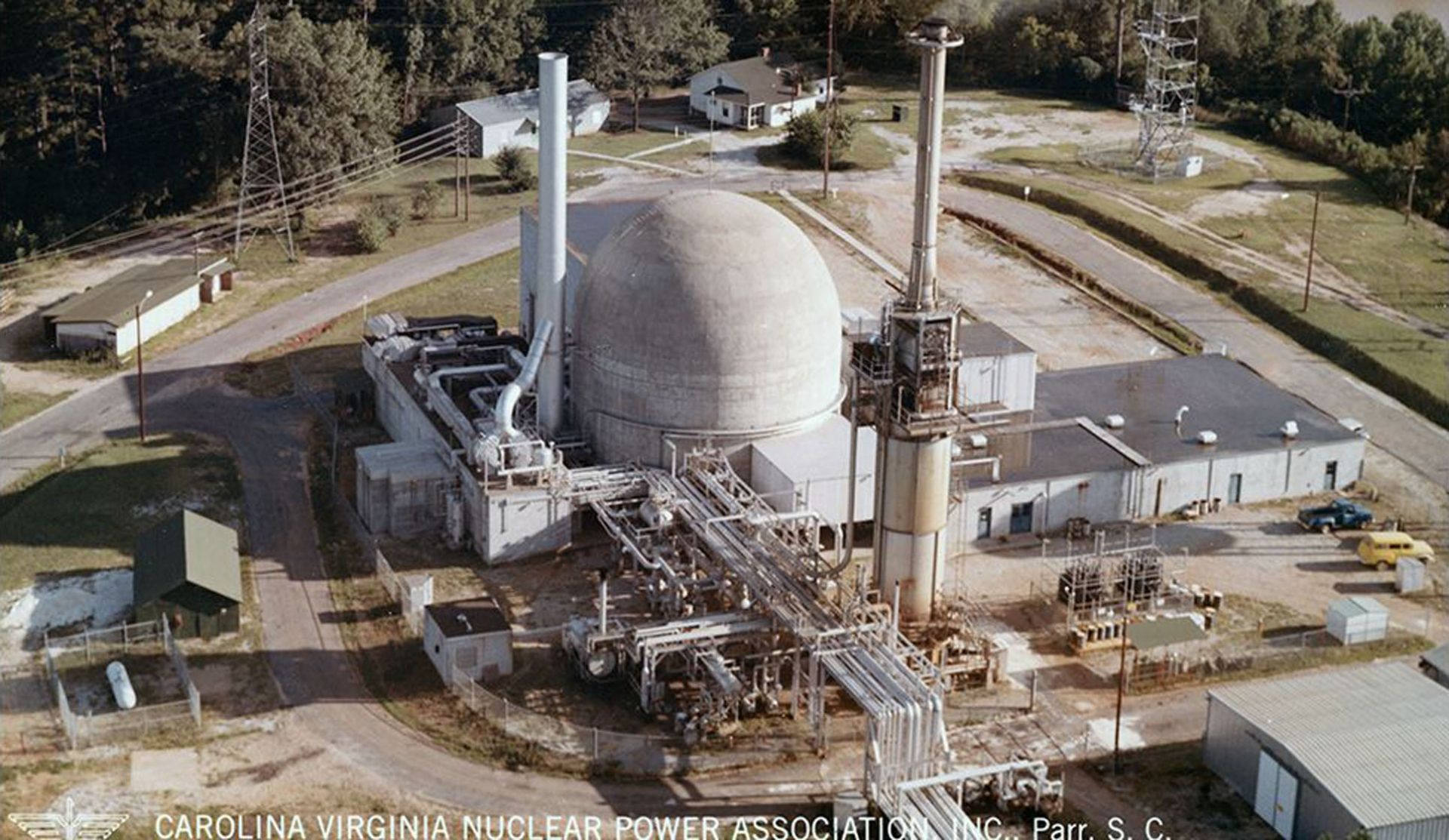
The Carolinas-Virginia Tube Reactor (CVTR), also known as Parr due to its location in Parr, S.C., was a 65-MWt (17-MWe) pressurized tube reactor. Construction began in January 1960, and the reactor reached initial criticality in March 1963. Commercial operation commenced in December 1963, and the reactor was permanently shut down in January 1967 after the test program was complete.

Fanning
Tom Fanning, Southern Company board executive chairman and the man who helmed the firm during construction of the two new AP1000 reactors at Georgia’s Vogtle nuclear plant, will retire December 31, Southern has announced. His board seat will be filled by Chris Womack, who replaced Fanning as Southern’s president and chief executive officer earlier this year.
Elected by the Southern board in July 2010, Fanning became company president in August 2010 and assumed the additional responsibilities of chairman and CEO that December. During his more than 43 years with Southern, Fanning held executive roles across various business disciplines, including finance, strategy, international business development, and technology. As president, chairman, and CEO of Southern, he received numerous accolades, including being named one of the most influential leaders in the energy industry in the past 25 years.
ANS awarded Fanning a Presidential Citation at this year’s Annual Meeting in Indianapolis, Ind.
The U.S. Air Force Research Laboratory’s (AFRL) Space Vehicle Directorate has selected Westinghouse, Northrop Grumman, and Astrobotic for an advanced space research program that aims to power satellites with nuclear energy.

Aerial view of Sweden’s parliament building, Riksdagshuset, in Stockholm. (Photo: Arild Vågen/Wikipedia)
Sweden’s parliament, the Riksdag, has approved legislative amendments from Prime Minister Ulf Kristersson’s government that will remove the country’s prohibition on new reactor construction at sites other than Sweden’s three current nuclear plants—Forsmark, Ringhals, and Oskarshamn—and do away with the limitation on the number of simultaneously operating reactors, currently capped at 10.
The amendments enter force on January 1.
“The Riksdag shares the government’s assessment that fossil-free electricity from nuclear power will also continue to play a role of central importance in the Swedish energy mix,” the legislative body said in a statement following the November 29 vote. “The main reasons for this are an expected greater demand for electricity in combination with the fact that fossil fuels have to be phased out, particularly for climate reasons. Nuclear power also contributes to the stable and predictable functioning of the Swedish power system.”

Westinghouse Electric Company and Ontario Power Generation have signed a memorandum of understanding establishing a framework to identify potential areas of cooperation for the deployment of nuclear technologies in Canada, the companies jointly announced this morning. (While based in Cranberry Township, Pa., Westinghouse is owned by Canadian firms Brookfield Asset Management and Cameco.)
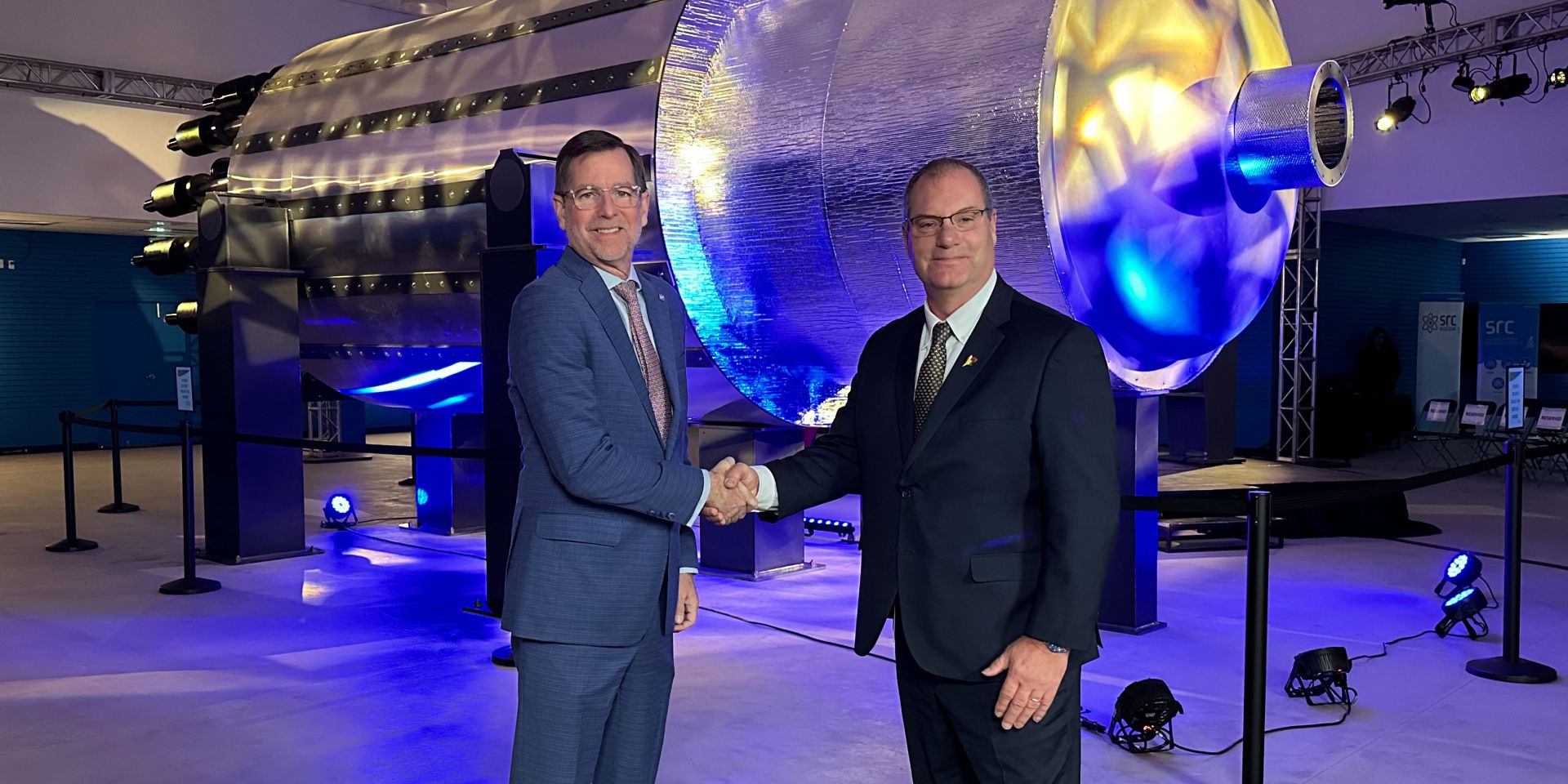
Saskatchewan premier Scott Moe yesterday announced C$80 million (about $59 million) for the Saskatchewan Research Council (SRC) to pursue demonstration of Westinghouse Electric Company’s eVinci microreactor technology.
Cameco, the front-end uranium mining, milling, and conversion company headquartered in Saskatchewan, Canada, is now officially a co-owner of Westinghouse Electric Company—alongside Brookfield Asset Management, its publicly listed affiliate Brookfield Renewable Partners, and its institutional partners.
In celebration of Hispanic Heritage Month this year, which ran September 15-October 15, the American Nuclear Society hosted the webinar “Hispanic Excellence in the Nuclear Field” on September 20. The panelists shared insights from their accomplished careers and relayed personal anecdotes and practical advice to young nuclear professionals. They also voiced their thoughts about challenges and opportunities facing the Hispanic community in the field.
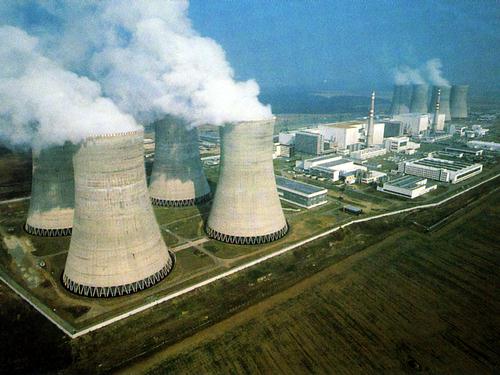
Elektrárna Dukovany II (EDU II), a subsidiary of Czech utility ČEZ, has received final bids for the construction of a fifth reactor at the Dukovany plant, as well as nonbinding bids for three additional units to be sited at Dukovany and at Temelín, the Czech Republic’s other nuclear power facility. (Dukovany currently houses four Russian VVER-440/V213 pressurized water reactors, while Temelín is home to two VVER-1000/V320s.)
.jpg)
To help speed up commercialization of its eVinci microreactor, Westinghouse Electric Company this week launched a new design and manufacturing facility for the project near downtown Pittsburgh, Pa. Located in the borough of Etna, the 87,000-square-foot eVinci “accelerator hub” will be home to engineering and licensing operations, testing, prototype trials, business development, and sales, Westinghouse said in an October 24 announcement, adding that the facility will include manufacturing space for producing the “innovative heat pipes that are central to the eVinci technology.”
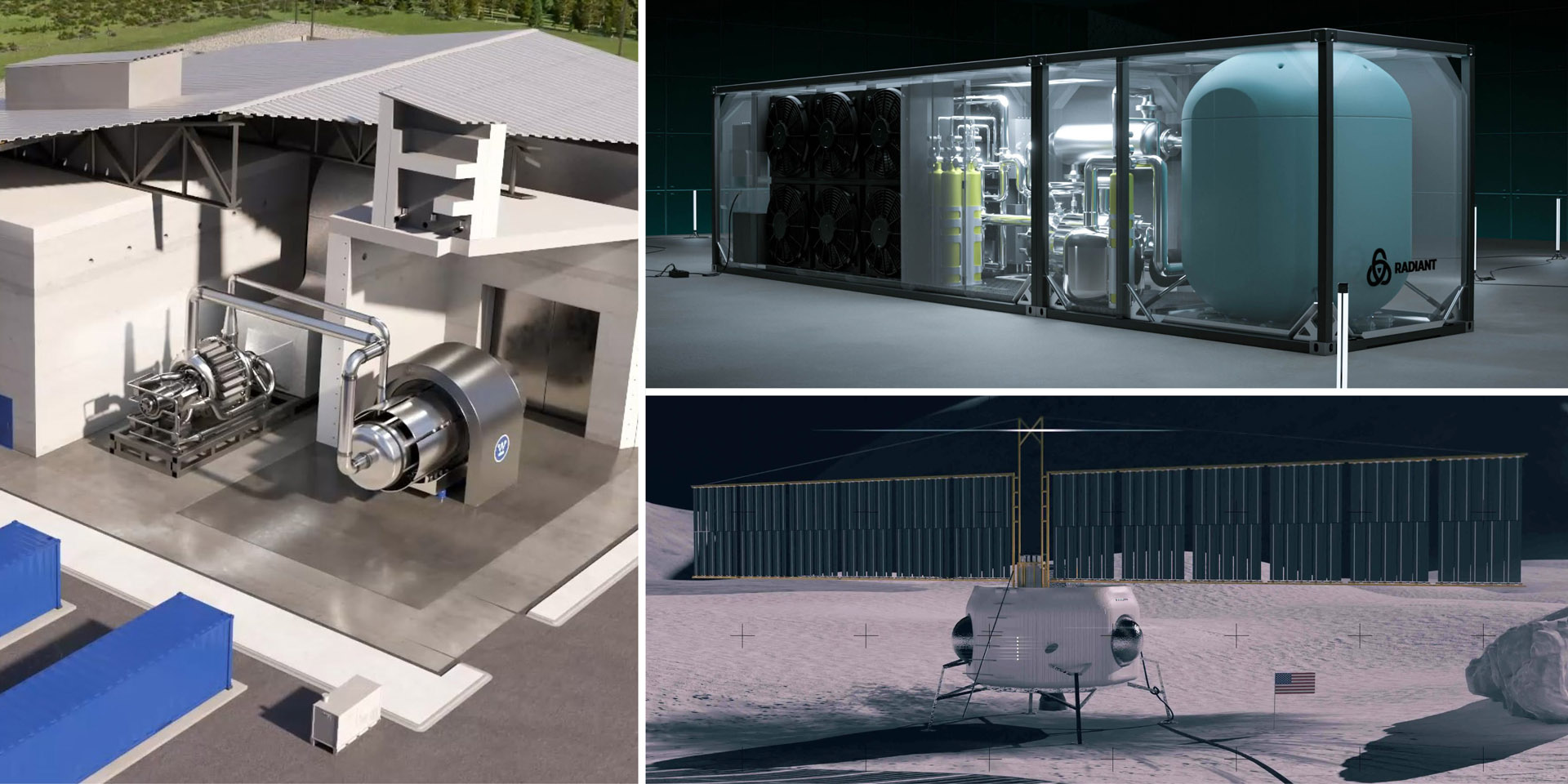
The Department of Energy’s National Reactor Innovation Center (NRIC) awarded $3.9 million to three advanced nuclear energy developers on October 23 to design experiments to test microreactor designs in the Demonstration of Microreactor Experiments (DOME) test bed at Idaho National Laboratory.

Westinghouse has signed a contract with Rolls-Royce SMR to develop a fuel design for the British firm’s small modular reactor program, the companies announced last week.
The design work, to be undertaken in the United Kingdom and the United States, will include associated core components and will be based on an existing Westinghouse pressurized water reactor fuel assembly design.